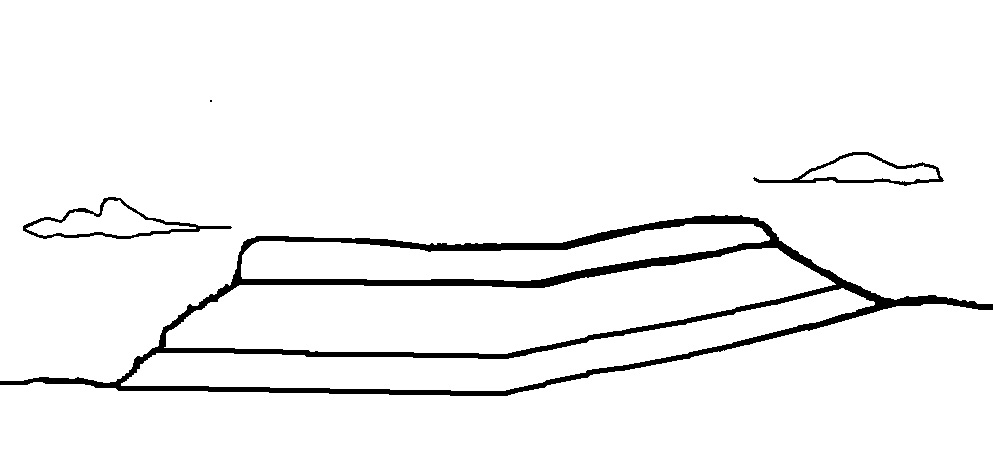Research Electro-Magnetics
This page is under construction.
Electro-Magnetics (E-Mag) requires good knowleged of vector calculus in three dimensions plus time and this site assumes the reader is familiar with that. E-Mag is also important to understand beginning quantum physics. Also knowledge of amplification, logic devices, signal and power sources is assumed. The study of the three major passive devices such as resistors, capacitors, and inductors are covered in the Appendix 1 Components ,so that fundamental component concepts and equations can be reviewed.
The next step in learning electronics is how the passive circuits may be combined and the laws that cover those combinations. These important concepts are reviewed in Appendix 2 Electronics.
The next step is showing Maxwell's equations that are considered the fundamental source for how electricity, radio, light, infrared, xrays, etcetera work. From a standard university physics book, (Young. 1992, pg 919 and the rest of chapter 33) presents Maxwell's Equations as:
These are moderately difficult integro-differential equations.
Gauss's Law for the electric field says that if you integrate the electric field around a closed surface the sum of the integration will equal any enclosed charge.
